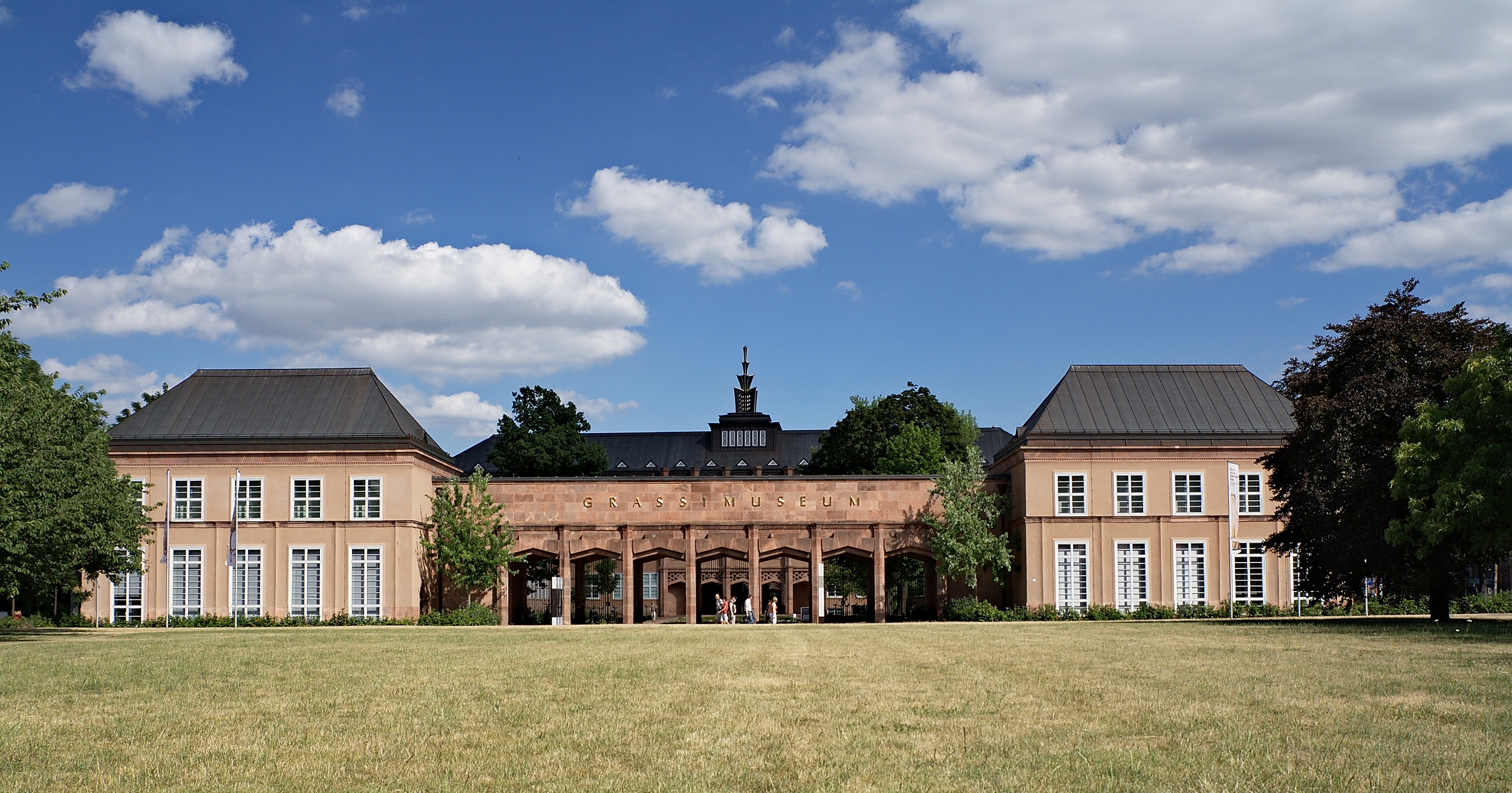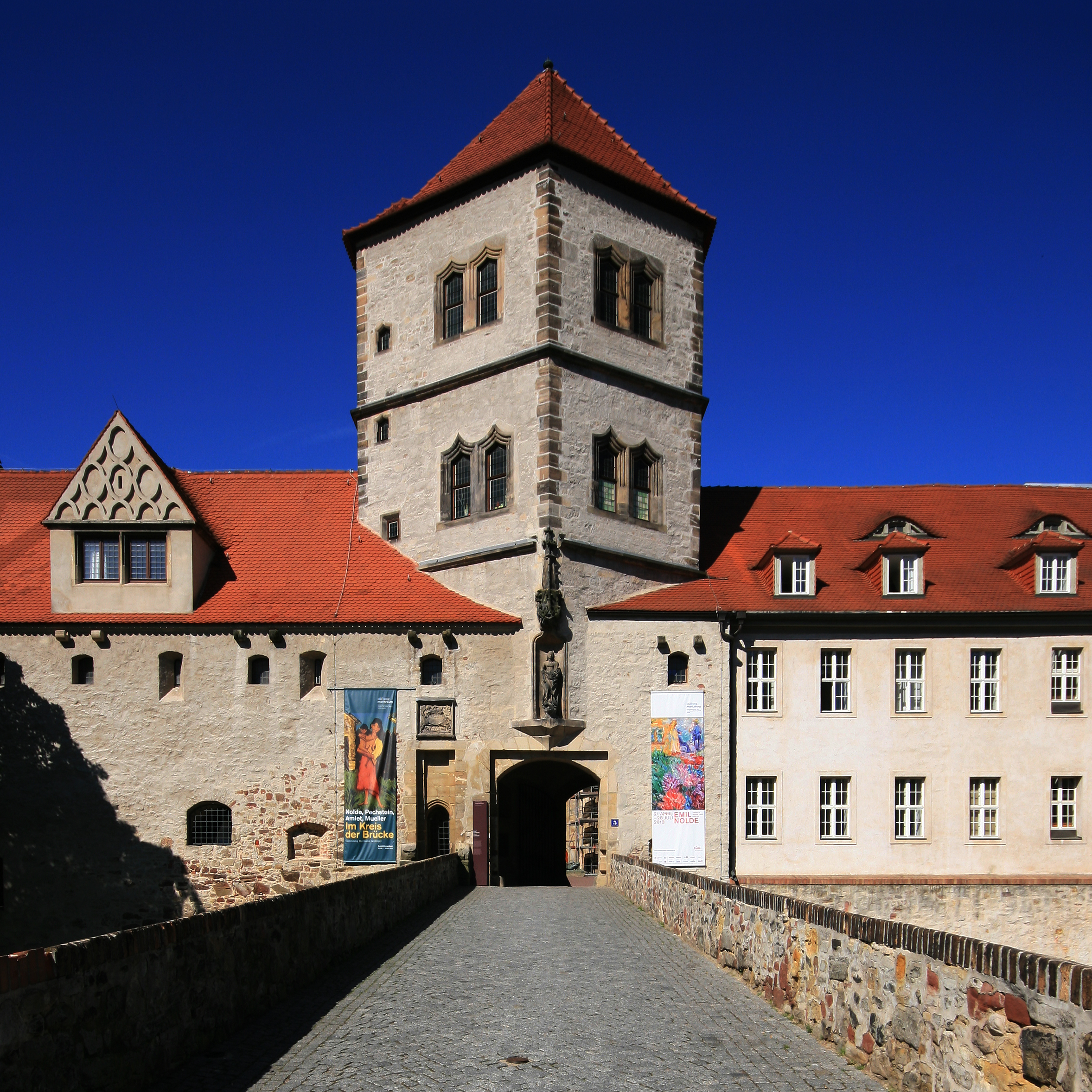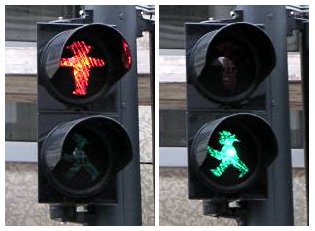|
Konferenz Nationaler Kultureinrichtungen
The Konferenz Nationaler Kultureinrichtungen (KNK) or Conference of National Cultural Institutions is a union of more than twenty cultural organizations in the former East Germany. It was established in 2002 in Halle. It includes the following organizations: * Stiftung Preußische Schlösser und Gärten * Kulturstiftung Dessau-Wörlitz * Fürst-Pückler-Park Bad Muskau * Fürst-Pückler-Museum Park und Schloss Branitz * Wartburg Eisenach * Staatliche Kunstsammlungen Dresden * Klassik Stiftung Weimar * Staatliches Museum Schwerin * Bauhaus Dessau * Kurt Weill Centre, Dessau Retrieved 6 April 2019 * |
Logo KNK
A logo (abbreviation of logotype; ) is a graphic mark, emblem, or symbol used to aid and promote public identification and recognition. It may be of an abstract or figurative design or include the text of the name it represents as in a wordmark. In the days of hot metal typesetting, a logotype was one word cast as a single piece of type (e.g. "The" in ATF Garamond), as opposed to a ligature, which is two or more letters joined, but not forming a word. By extension, the term was also used for a uniquely set and arranged typeface or colophon. At the level of mass communication and in common usage, a company's logo is today often synonymous with its trademark or brand.Wheeler, Alina. ''Designing Brand Identity'' © 2006 John Wiley & Sons, Inc. (page 4) Etymology Douglas Harper's Online Etymology Dictionary states that the term 'logo' used in 1937 "probably a shortening of logogram". History Numerous inventions and techniques have contributed to the contemporary logo, includ ... [...More Info...] [...Related Items...] OR: [Wikipedia] [Google] [Baidu] |
Leipzig Museum Of Applied Arts
The Museum of Applied Arts (german: Museum für Angewandte Kunst) is a museum in Leipzig, Germany. It is the second oldest museum of decorative arts in the country,Grassi-Museum: Der ganze Reichtum unseres Kontinents Andreas Platthaus, '''', 30 November 2007. founded just six years after the . Today it is part of the |
German Hygiene Museum
The German Hygiene Museum (german: Deutsches Hygiene-Museum) is a medical museum in Dresden, Germany. It conceives itself today as a "forum for science, culture and society". It is a popular venue for events and exhibitions, and is among the most visited museums in Dresden, with around 280,000 visitors per year. History The museum was founded in 1912 by Karl August Lingner, a Dresden businessman and manufacturer of hygiene products, as a permanent "public venue for healthcare education", following the first International Hygiene Exhibition in 1911.Kulturberichte 1/01: Stiftung Deutsches Hygiene-Museum Arbeitskreis selbständiger Kultur-Institute e.V. The second International Hygiene Exhibition was held in 1930-31, in a building erected west of the [...More Info...] [...Related Items...] OR: [Wikipedia] [Google] [Baidu] |
Museum Of Musical Instruments Of The University Of Leipzig
The Museum of Musical Instruments of the University of Leipzig (german: Musikinstrumentenmuseum der Universität Leipzig) is a museum in Leipzig, Germany. It is located on Johannisplatz, near the city centre. The museum belongs to the University of Leipzig and is also part of the Grassi Museum, whose other members are the Museum of Ethnography and the Museum of Applied Arts. It is one of the largest music instrument museums in Europe, alongside those of Brussels and of Paris. Its collection of around 10,000 objects includes valuable instruments from Europe and beyond, as well as music-related items from the Renaissance, the Baroque, and Bach's Leipzig period. History In 1886 the Dutchman opened a museum of historic musical instruments in Leipzig, but he sold the collection to the paper merchant Wilhelm Heyer in 1905. The "Wilhelm Heyer Museum of Music History" opened in 1913, containing De Wit's collection alongside that of the Florentine Baron Alessandro Kraus and keybo ... [...More Info...] [...Related Items...] OR: [Wikipedia] [Google] [Baidu] |
Leipzig Museum Of Ethnography
The Leipzig Museum of Ethnography (german: Museum für Völkerkunde zu Leipzig) is a large ethnographic museum in Leipzig, Germany, also known as the Grassi Museum of Ethnology. Today it is part of the Grassi Museum, an institution which also includes the Museum of Applied Arts and the Museum of Musical Instruments, based in a large building on the Johannisplatz. The Leipzig Museum of Ethnography is one of three museums in the Saxon State Ethnographical Collections which belong to the Dresden State Art Collections. History The museum traces its origins to the historian, librarian and court counsellor Gustav Klemm, whose cultural historical collection found a permanent home in the newly founded museum in 1869, shortly after his death. At first it was provisionally kept in former chemical laboratories in Leipzig. The collection was expanded in the following decades, and exhibitions were held in various buildings across the city, organised by the Association of the Museum of ... [...More Info...] [...Related Items...] OR: [Wikipedia] [Google] [Baidu] |
Lindenau Museum Altenburg
The Lindenau-Museum is an art museum in Altenburg, Thuringia, Germany. It originated as the house-museum of baron and collector Bernhard August von Lindenau. The building was completed in 1876. The museum's main attraction is its collection of Italian paintings from the late Gothic and early Renaissance age (13th–15th centuries), which are among the largest outside Italy. The artworks include Filippo Lippi's '' St. Jerome in Penance'', Sandro Botticelli's ''Portrait of Caterina Sforza'' and a predella panel by Fra Angelico. It also keeps ancient antiquities and modern works, and has a library. The museum is a member of the Konferenz Nationaler Kultureinrichtungen, a union of more than twenty cultural institutions in the former East Germany The new states of Germany () are the five re-established states of the former German Democratic Republic (GDR) that unified with the Federal Republic of Germany (FRG) with its 10 states upon German reunification on 3 October 1990. ... [...More Info...] [...Related Items...] OR: [Wikipedia] [Google] [Baidu] |
Moritzburg (Halle)
The Moritzburg is a fortified castle in Halle (Saale), Germany. The cornerstone of what would later become the residence of the Archbishops of Magdeburg was laid in 1484; the castle was built in the style of the Early Renaissance. Since the end of the 19th century it has housed an arts museum which is recognised as being of national importance. History Origins The history of the Moritzburg is closely connected to that of Halle. In 968, when the Archbishopric of Magdeburg was established by Otto I, Holy Roman Emperor, he granted the archbishop his Giebichenstein Castle near Halle. Already in the 13th century powerful aristocrats could, by buying privileges, reduce the influence of the sovereign, the Archbishop of Magdeburg, on the town. Thus, Halle had practically reached a state of political autonomy in 1263. The same happened with Magdeburg and when the archbishops finally left Magdeburg, after a series of conflicts with the ever more powerful city council, Giebichenstein ... [...More Info...] [...Related Items...] OR: [Wikipedia] [Google] [Baidu] |
Museum Der Bildenden Künste
The Museum der bildenden Künste (German: "Museum of Fine Arts") is a museum in Leipzig, Saxony, Germany. It covers artworks from the Late Middle Ages to Modernity. History Museum Foundation and First Museum The museum dates back to the founding of the "Leipzig Art Association" by Leipzig art collectors and promoters in 1837, and had set itself the goal of creating an art museum. On 10 December 1848, the association was able to open the "Städtische Museum" in the first public school on the Moritzbastei. There were issued approximately hundred gathered and donated works of (at that time) contemporary art. Through major donations including Maximilian Speck von Sternburg, Alfred Thieme and Adolf Heinrich Schletter the collection grew with time. In 1853, businessman and art collector Adolf Fer donated his collection under the condition that the city build a municipal museum within five years. Shortly before the deadline expired the museum was inaugurated on 18 December 1858. I ... [...More Info...] [...Related Items...] OR: [Wikipedia] [Google] [Baidu] |
Kurt Weill
Kurt Julian Weill (March 2, 1900April 3, 1950) was a German-born American composer active from the 1920s in his native country, and in his later years in the United States. He was a leading composer for the stage who was best known for his fruitful collaborations with Bertolt Brecht. With Brecht, he developed productions such as his best-known work, ''The Threepenny Opera'', which included the ballad "Mack the Knife". Weill held the ideal of writing music that served a socially useful purpose,Kurt Weill Cjschuler.net. Retrieved on August 22, 2011. ''Gebrauchsmusik''. He also wrote several works for the concert hall and a number of works on Jewish themes. He became a United States citizen on August 27, 1943. Family and childhood Weill was born on March 2, 1900, the third of four childr ...[...More Info...] [...Related Items...] OR: [Wikipedia] [Google] [Baidu] |
New States Of Germany
The new states of Germany () are the five re-established states of the former German Democratic Republic (GDR) that unified with the Federal Republic of Germany (FRG) with its 10 states upon German reunification on 3 October 1990. The new states, which were dissolved by the GDR government in 1952 and re-established in 1990, are Brandenburg, Mecklenburg-Western Pomerania, Saxony, Saxony-Anhalt, and Thuringia. The state of Berlin, the result of a merger between East and West Berlin, is usually not considered one of the new states although many of its residents are former East Germans. There have been 16 states in Germany since reunification. Demographics After the fall of the Berlin Wall, the former East German states experienced high rates of depopulation until around 2008. About 2,000 schools closed between 1989 and 2008, because of a demographic shift to a lower number of children. In 2006, the fertility rate in the new states (1.30) approached those in the old states ... [...More Info...] [...Related Items...] OR: [Wikipedia] [Google] [Baidu] |
Bauhaus Dessau
Bauhaus Dessau, also Bauhaus-Building Dessau, is a building-complex in Dessau-Roßlau. It is considered the pinnacle of pre-war modern design in Europe and originated out of the dissolution of the Weimar School and the move by local politicians to reconcile the city's industrial character with its cultural past. The building was constructed between 1925 and 1926 according to plans by Walter Gropius as a school building for the Bauhaus School of Art, Design and Architecture. The building itself and the Masters' Houses that were built in the immediate vicinity established the reputation of the Bauhaus as an "icon of modernism". War-damaged and structurally altered sections were largely reconstructed from 1965 onwards in the spirit of the original. The building was restored and partially modernized in 1976. Between 1996 and 2006, the building was restored and repaired in accordance with the principles of historical preservation. Since 1996, the building complex has been part ... [...More Info...] [...Related Items...] OR: [Wikipedia] [Google] [Baidu] |
Staatliches Museum Schwerin
The Staatliches Museum Schwerin (State Museum Schwerin) is an art gallery and museum in Schwerin in Germany. It was established by Frederick Francis II, Grand Duke of Mecklenburg-Schwerin in 1882 its historicist Haupthaus as the ''Staatsgalerie'' next to the Staatstheater. Its other locations are opposite the Schweriner Schloss and in the former residences at Schloss Güstrow and Schloss Ludwigslust. Collections It is nationally known for its medieval collections, including the Neustädt Altarpiece and its 17th-century Dutch and Flemish collections. It also holds major collections of Fürstenberg porcelain. With 90 works, the Staatliches Museum Schwerin owns one of the most significant collections of French-American artist Marcel Duchamp in Europe. The museum is a member of the Konferenz Nationaler Kultureinrichtungen, a union of more than twenty cultural institutions in the former East Germany. Gallery Image:Lucas Cranach d. Ä. 055.jpg, Lucas Cranach the Elder: Portrait ... [...More Info...] [...Related Items...] OR: [Wikipedia] [Google] [Baidu] |


_1979%2C_MiNr_2448.jpg)





